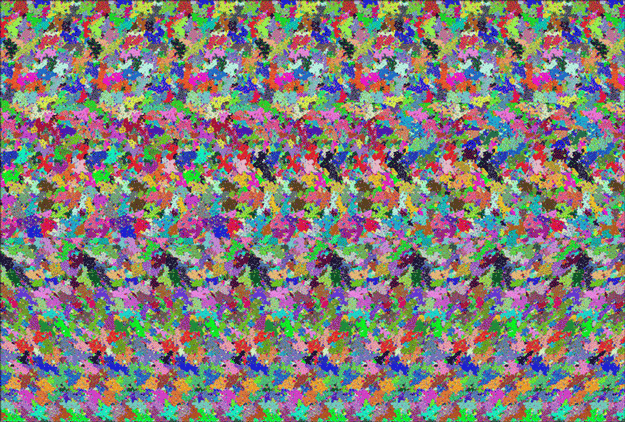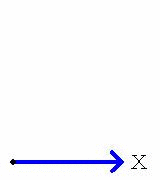The holographic principle
In the 1970s theoretical investigations by Bekenstein and Hawking of the thermodynamic properties of black holes have led to the conclusions that- Black holes have entropy, and
- the entropy is not proportional to the volume but rather to the area of the event horizon.

(A Holographic Tea Pot)
Image Credit & Copyright: E. Winfree, K. Fleischer, A. Barr et al. (Caltech)
See also: Astronomy Picture of 5/18/2003.
Entropy is related to the number of different configurations of a system, and the entropy of ordinary materials is usually proportional to their volume. The fact that the entropy is proportional to the area is very surprising. Following later ideas by 't Hooft, Susskind, Maldacena, Witten and Bousso, it became clear that this peculiar behavior is a general property of Quantum Gravity and not just black holes.
It reflects the fact that on a microscopic level there are many relations between different spacetime events. It also suggests that if there are independent fundamental degrees of freedom that describe quantum gravity they live on two dimensional surfaces and not the whole of space.
The name holographic is drawn from an analogy with a hologram, which can be broken to many pieces and yet every piece contains the information of the whole picture.
It is an open problem how exactly quantum gravity manages to describe a three dimensional geometry using two dimensional degrees of freedom.

